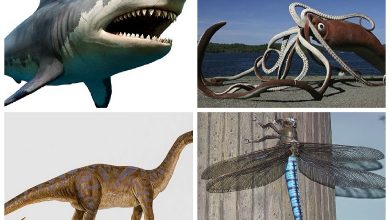Are dogs really color blind?

Despite the very long-standing myth that dogs see the world through gray lenses, researchers today know that although our canine companions do not see the huge rainbow of colors available to humans, they do not see the world in black and white.
Dogs can see some colors, but not as much as we do. However, just because you are lucky enough to see beautiful changing leaves every fall does not mean that your eyesight is better. Dogs have excellent vision and can see clearly in the dark. So let’s debunk one of the most common dog myths.
What is color blindness in dogs?

In the human sense of the word, dogs are a color-blind, but very particular way. You may have heard that sometimes a person may have problems distinguishing between red and green or with the perception of shades of blue. This is due to color blindness and is usually caused by a genetic problem in the eye or injury or illness at a later age. However, the way dogs see is not due to a defect in the eye itself.
Dogs and humans and have two types of color receptors: cones and rods. Cones regulate vision throughout the day and color perception. The rods decide what can be seen at night and the ability to see from side to side and around (peripheral vision). Each cone defines the wavelength of the light. Human beings have three cones, so they can usually detect the entire spectrum of light. Dogs have only two.
What colors do dogs see?

Two-color recognition cones help dogs perceive blue and yellow light, but not red or green. So, most likely, dogs see everything as muted yellow, brown, gray, and blue shades. Dogs can see colors – they look a little different than ours.
But what about those bright red dog toys we always choose at the pet store? Well, your dog doesn’t see this bright red color. To them, it looks like one large brown object.
Color perception in dogs most closely resembles people with a lack of red-green color vision. It is difficult for people with a red-green color deficiency to distinguish between red and green.
What does this mean for your dog?

Choosing brightly colored toys and dog collars is really fun. While we love them, their color most likely doesn’t matter to your dog. Your dog does not need toys in rainbow colors, and these intense colors will not affect its preferences. Marketers and graphic designers know that people prefer bright colors such as reds and oranges to toys and pet gear, but dogs do not perceive these colors.
Some clever trainers and canine sports enthusiasts have matched the color scheme that dogs perceive. For example, you may have noticed that dog agility equipment is usually blue and yellow. Choosing frisbees and balls in yellow or blue in your backyard will help your dog find them faster among the green grass.
Have you ever noticed that your dog barks in the dark, seemingly at an empty place? Although dogs do not notice some colors, they can see quite well in the dark. Their eyes may have fewer color-determining cones than humans, but dogs have more light-sensitive rods. This means they can see even small details in pitch darkness. This may be a more comfortable skill for them than being able to appreciate the color of that funny new toy you just bought.




